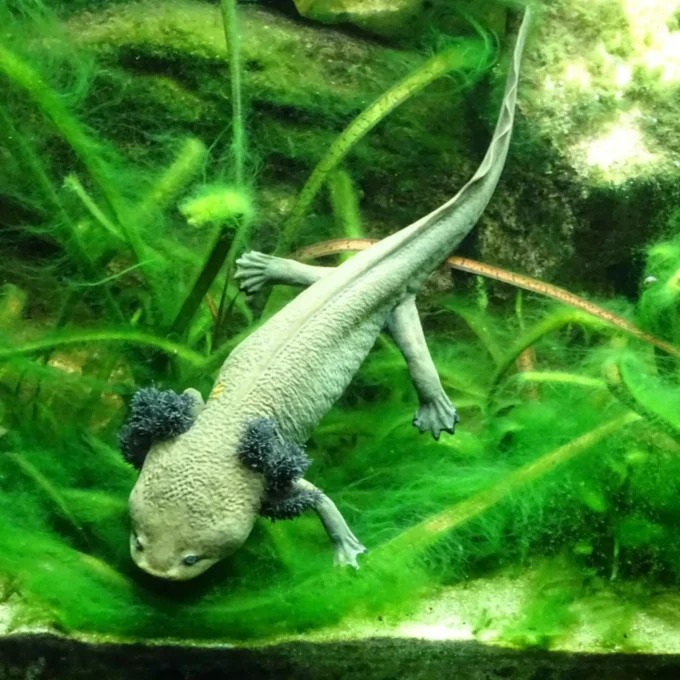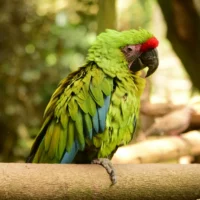The Lake Patzcuaro Salamander lives exclusively in Lake Patzcauro in Mexico. They feed on invertebrates, small fish and aquatic eggs. The feathery structures you can see on either side of their heads are actually their gills, which flare out when submerged underwater.
Fun fact – A convent of nuns in Mexico is one of the biggest driving forces behind the international conservation effort to save this species!
-
Ecology
-
Threats
These salamanders are greatly affected by pollution – the depth of Lake Patzcuaro has been reduced by 2.6 metres due to eroded soil deposits alone. They are also susceptible to parasites carried by other species within the lake, and are caught for human consumption and medicinal use.
-
Conservation
The Lake Patzcuaro salamander is listed on CITES appendix II and is further protected by a partnership between the Mexican government, local communities and a university who use community engagement to protect the species and its habitat. They are bred in captivity with a view to repopulating natural habitats, although much more action is required to control pollution and invasive species in the lake.
Nature’s SAFE stores samples to protect the genetic diversity of this critically endangered species. With their population number so low, this work in vitally important to their survival.

Fundraise for us
Sponsor a Fundraising Hero embarking on a challenge, or plan your own fundraiser to support us.
Get Started
Corporate participation
Explore opportunities to develop a corporate partnership with us.
Get Started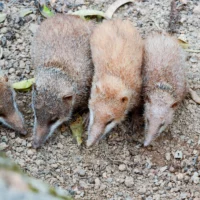
Lesser Madagascan tenrec
Total Population: Unknown
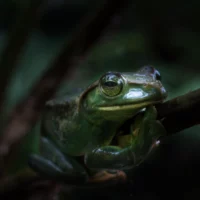
Fea’s tree frog
Total Population: Unknown
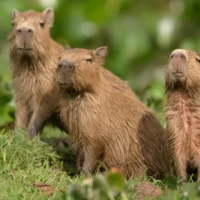
Capybara
Total Population: Unknown
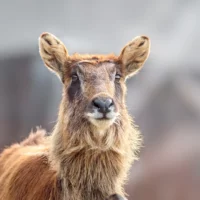
Nile Lechwe
Total Population: 30,000 - 40,000 in the wild

Macaroni Penguin
Total Population: Around 12 million

Red-footed tortoise
Total Population: Unknown
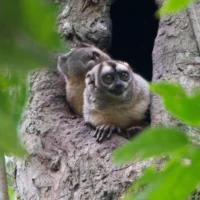
Spix’s night monkey
Total Population: Unknown

Parma Wallaby
Total Population: 1,000 - 10,000 in the wild
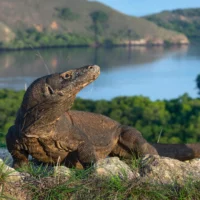
Komodo dragon
Total Population: Around 3,500 in the wild

Chimpanzee
Total Population: 170,000 - 300, 000 in the wild

Inca Tern
Total Population: Around 150,000 in the wild
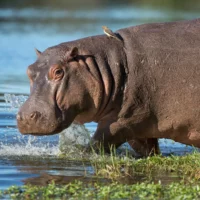
Common Hippo
Total Population: Less than 150,000 in the wild
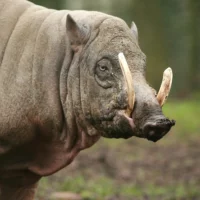
Babirusa
Total Population: Less than 10,000 in the wild
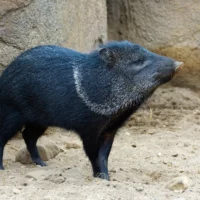
Collared peccary
Total Population: More than 2,000,000 in the wild
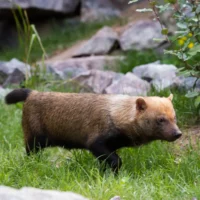
Bush dog
Total Population: Unknown
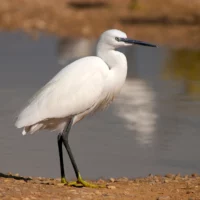
Little egret
Total Population: 660,000 to 3,150,000 in the wild
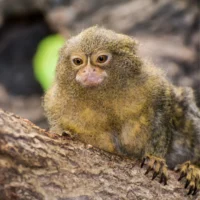
Pygmy marmoset
Total Population: Unknown
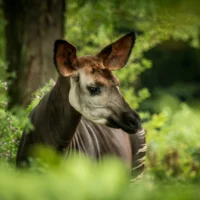
Okapi
Total Population: Less than 25,000 in the wild
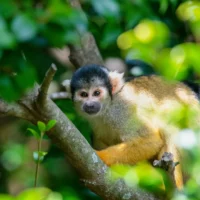
Bolivian squirrel monkey
Total Population: Unknown
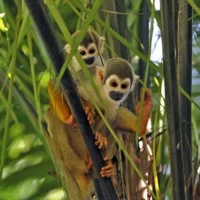
Guianan Squirrel Monkey
Total Population: Around 150,000 in the wild
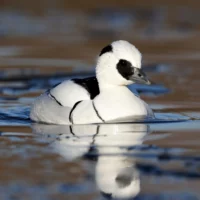
Smew
Total Population: Around 80,000 in the wild
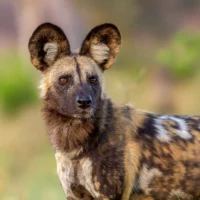
African wild dog
Total Population: Around 6,600 in the wild
